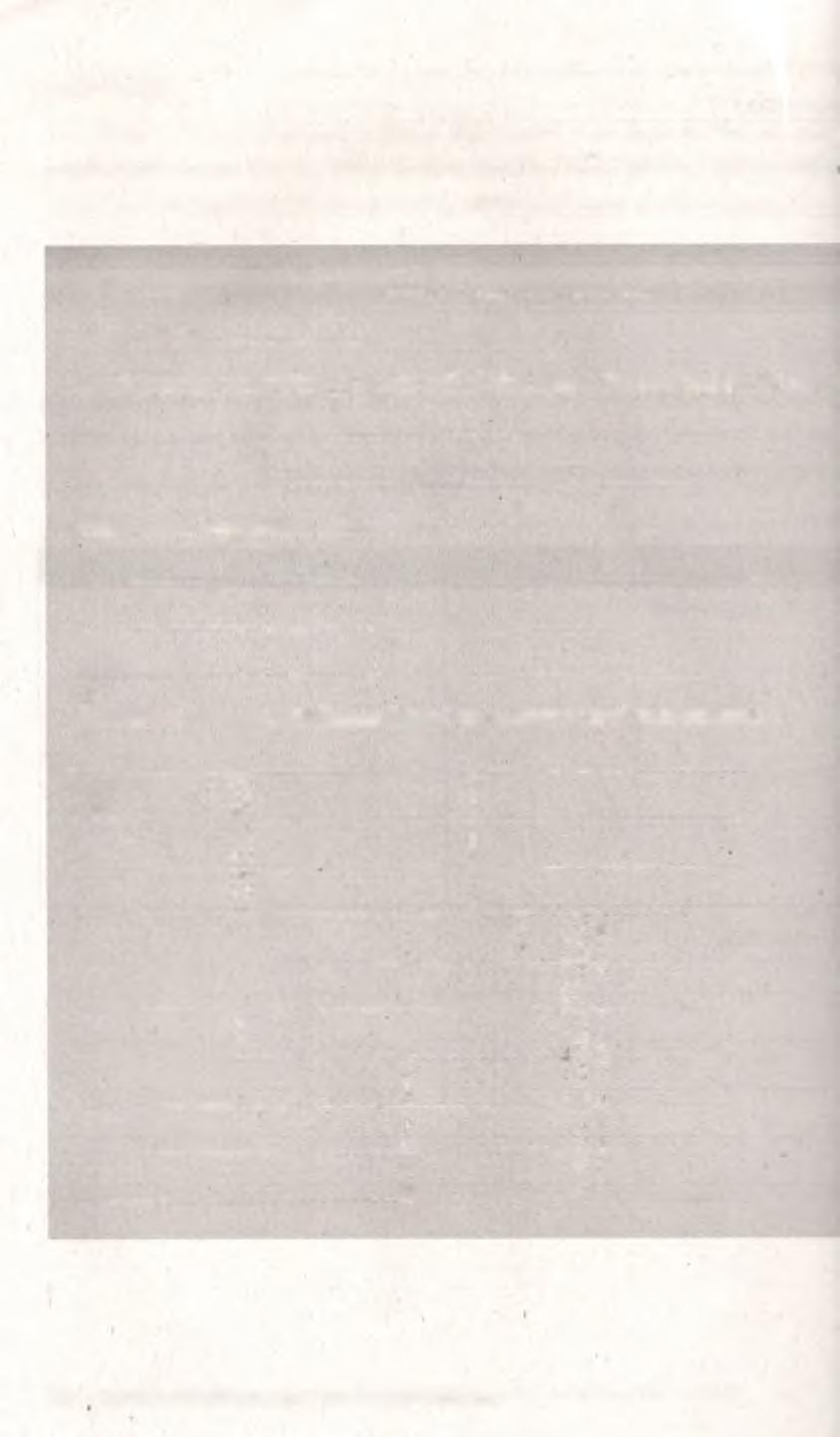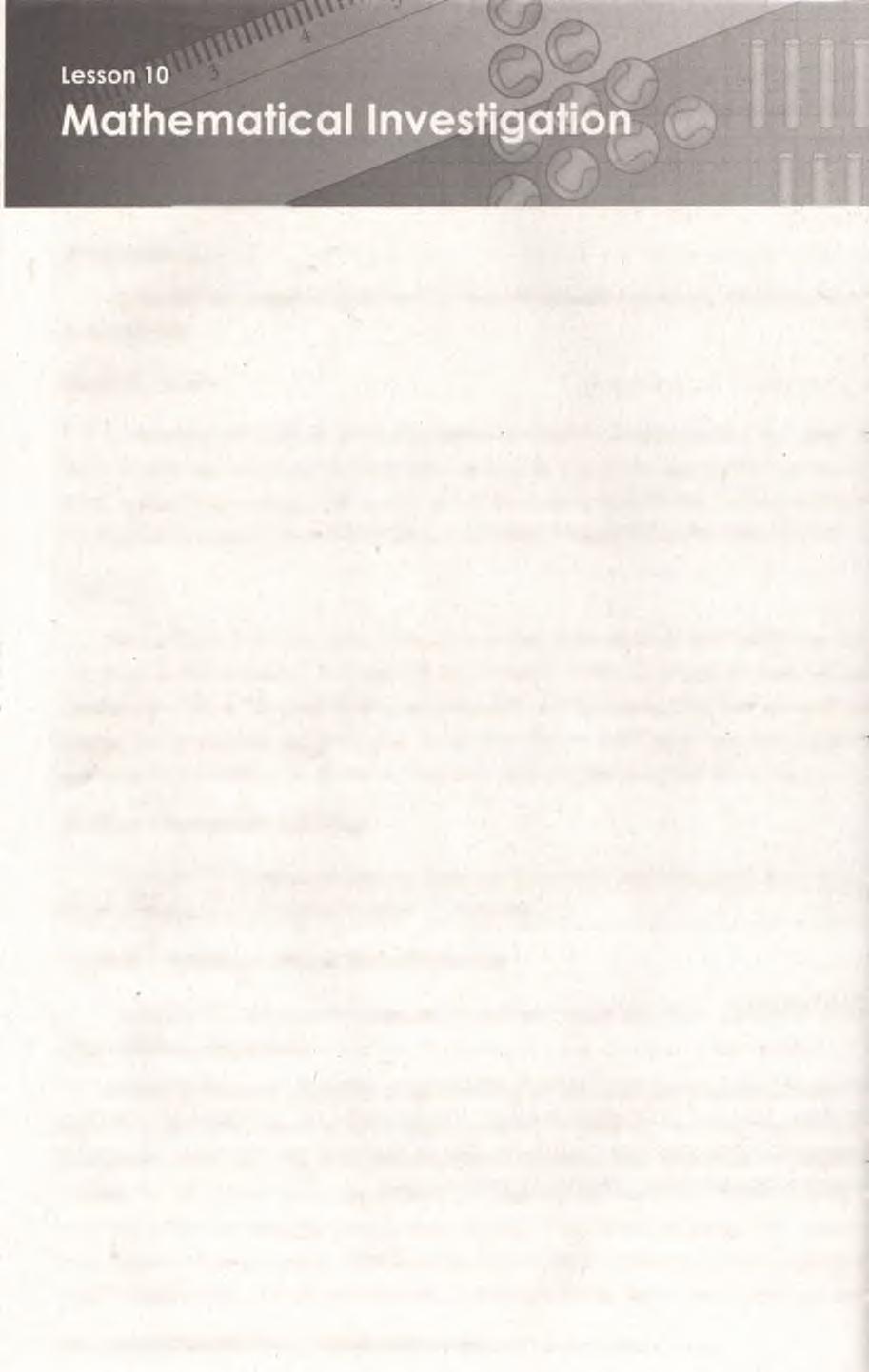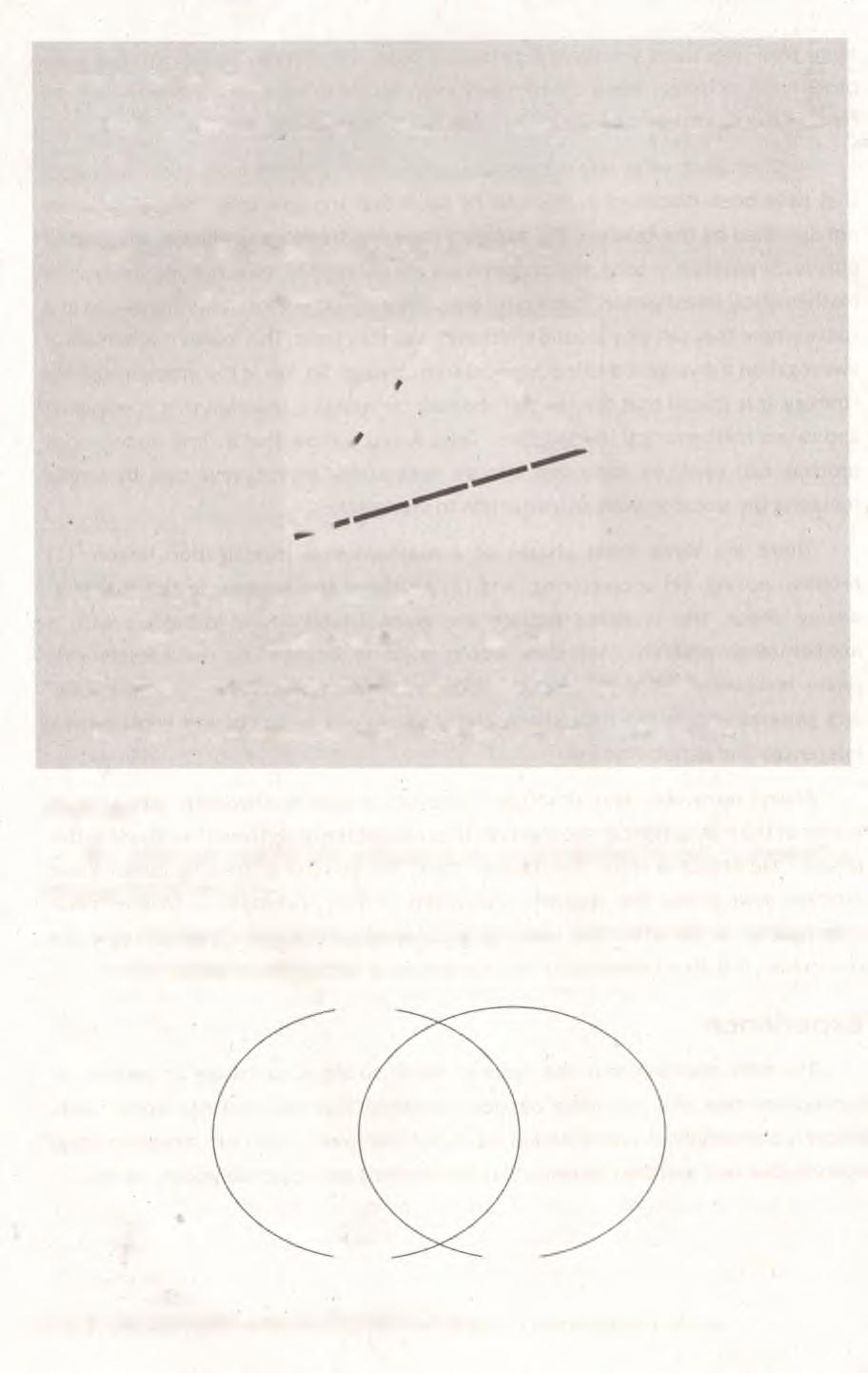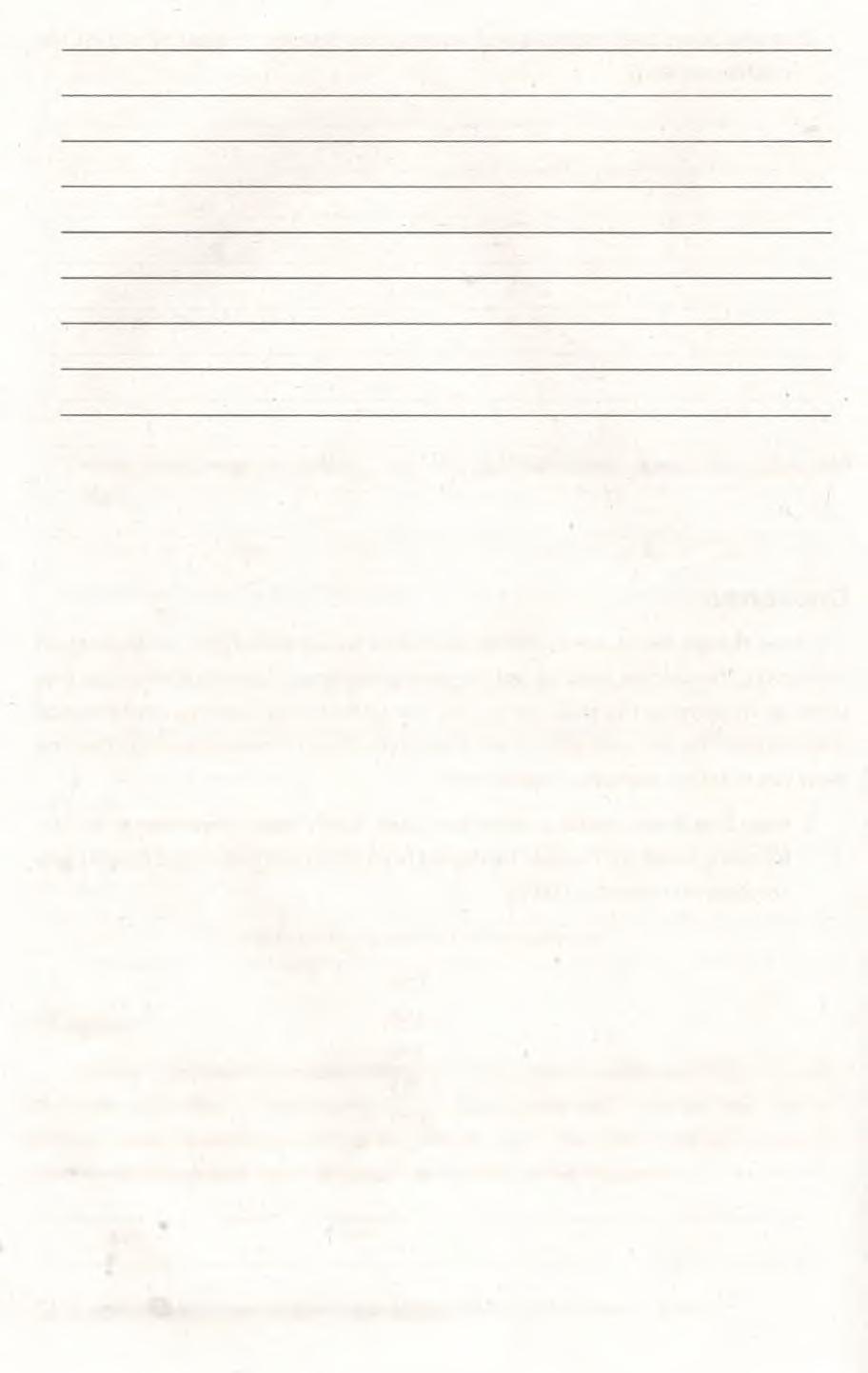
6 minute read
Lesson 10: Mathematical Investigation
Write a lesson plan which allows the students to discover the meaning mathematical term. Use the topic you answered in Challenge. This activity will b of the learning portfolio which you will compile at the end of this module.
Topic:---------------------------------------------------------------------------
Advertisement
Grade le ve l:----------------------
Target learning competency: By the end of the lesson, the learners will be able 1
Prerequisite knowledge and skills:
Identifying common attributes based on examples and non-examples:

Checking of understanding:

S u m m a r y

Mathematics is considered a language with its own set of jargons. Mathematical terms can also be defined through discovery by applying the concept attainment strategy. Concept attainment involves the presentation of examples and nonexamples, listing of common attributes, adding student-given examples, defining the mathematical term, and checking of understanding.
Objective
Generate investigative tasks and anticipate possible problems that may arise from the task
Intro du ctio n
j ' " Contemporary leaders in mathematics education revolutionized the goal o mathematics teaching and learning from passive learning dictated by the curriculun to an active process where the students are developed to think like mathematicians Mathematical investigation is a strategy that may be implemented to achieve this.
Think

Mathematical investigation is an open-ended mathematical task which involve: not only problem-solving but equally importantly, problem-posing as well. In thi: strategy, the word "investigation" does not refer to the process that may occur wher solving a close-ended problem, but an activity that in itself promotes independen mathematical thinking. To illustrate, consider the two mathematical tasks below.

T a s k A - Problem so lv in g
There are 50 children at a playground and each child high-fives with each of the other children. Find the total number of high-fives.
T a s k B - M athem atical in v e stig a tio n
There are 50 children at a playground and each child high-fives with each of the other children. Investigate.
In Task A, there is a specific problem to solve. Some students might attempt tc solve it by drawing diagrams for smaller numbers of children and then investigating the pattern that may arise. This investigation is a process that may occur in problem solving. On the other hand, the problem in Task B is not specified. Students may 0 1
may not choose to find the total number of high-fives. Some students may want tc investigate a more general case where they would want to know how many high-five: there would be given a certain number of children. Some may want to find out hov\
many high-fives there would be if instead of once, the children would high-five each other twice or thrice. Some children may even decide to work on a problem that the teacher has not thought of. This is investigation as an activity itself.
As illustrated, what sets mathematical investigation apart from other strategies that have been discussed in this unit by far is that the goal of the investigation is not specified by the teacher; the students have the freedom to choose any goal to pursue. In problem-solving, the students are encouraged to think outside the box; in mathematical investigation, there is no box to start with. The students are placed in a space where they can play around whichever way they want. This makes mathematical investigation a divergent and learner-centered strategy. So, like in the problem-solving strategy, it is crucial that the teacher chooses or creates a situation that is engaging and caters mathematical investigation. Tasks A and B show that a close-ended word problem can easily be converted into an open-ended investigative task by simply replacing the question with an instruction to investigate.
There are three main phases of a mathematical investigation lesson: (1) problem-posing, (2) conjecturing, and (3) justifying conjectures. In the problem- posing phase, the students explore the given situation and come up with a mathematical problem that they would want to engage in. The conjecturing phase involves collecting and organizing data, looking for patterns, inferencing, and generalizing. In the final phase, the students are to justify and explain their inferences and generalizations.
Always remember that although mathematical rules or theorems may arise as results of the mathematical investigation, they are notthe objectives of an investigative lesson—the objective is the investigation itself; the exercise of creative thinking and problem-solving that the students underwent as they investigated. Mathematical investigation is not after the teaching and learning of some competency in the curriculum; it is about developing the mathematical habits of the mind.


Experience
The only planning that the teacher needs to do is to create or choose an appropriate task and anticipate possible problems that the students would pose. Below is an example of a close-ended word problem transformed into a mathematical investigative task and the problems that the students would possibly come up to.
Find the perimeter of the triangle whose side lengths are 3 units, 4 units, and 5 units.
Investigative task:
Distribute: 12 popsicle sticks per pair/group
Instruction: Investigate the following.
/ X
L

Possible student-generated problems:
1. What is the perimeter of the given triangle?
2. How many triangles can be formed using 12 popsicle sticks?
3. What types of triangles can be formed using 12 popsicle sticks?

Assess
The following activity will broaden your understanding of the mathematical investigation strategy.
1. Use the Venn diagram below to compare and contrast problem-solving and mathematical investigation.
C h a lle n g e
Even though the students are the ones who would identify the problem given a situation, the teacher must be able to anticipate some of the problems that may come up. To develop this skill, the teacher must him/herself undergo mathematical investigation. The following activity will engage you in mathematical investigation and allow you to reflect upon your experience.

1. Pose a problem, make a conjecture, and justify your conjecture given the following situation. This task is adapted from Orton and Frobisher's Insights into
Teaching Mathematics (1996).
Investigate the following number trick.

854 - 4 5 8 396 + 693 1089
2. Write about your experience. How did you feel before, during, and after the task?

Harness

Choose a close-ended problem from the DepEd mathematics teaching materials for Kinder to Grade 3. Transform it to an investigative task then list the possible problems that the students would pose given the task. This activity will be part of the learning portfolio which you will compile at the end of this module.










